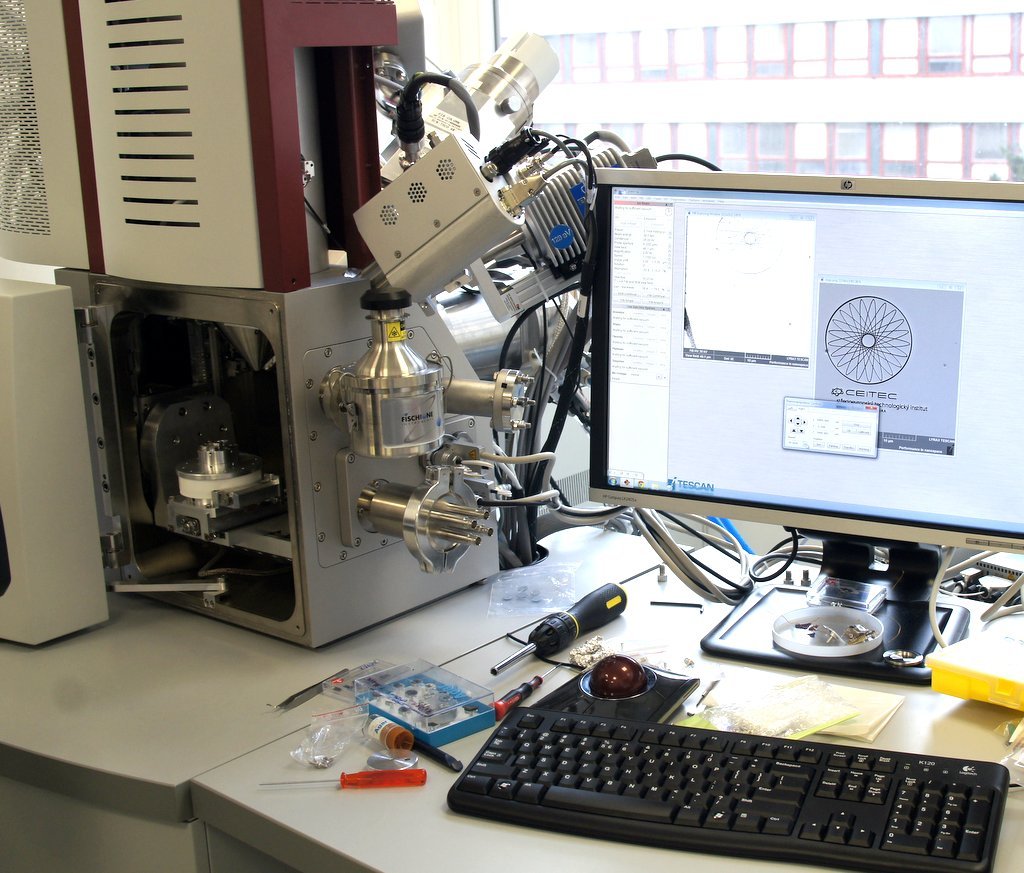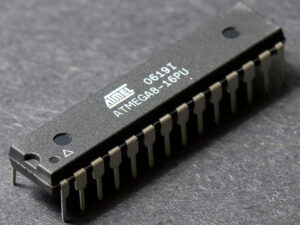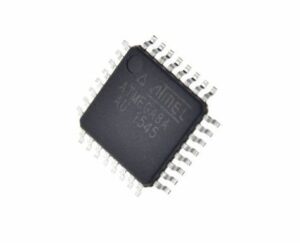Posts Tagged ‘rompere la memoria del microcontrollore atmega8a’
 Break Chip ATmega8A Binary
Break Chip ATmega8A Binary
Break Chip ATmega8A and extract microcontroller atmega8a Binary from its flash memory, copy mcu atmega8a heximal out and then download to the new mcu to serve as the same functionality;

First Analog Comparator conversion may be delayed
If the device is powered by a slow rising VCC, the first Analog Comparator conversion will take longer than expected on some devices. Problem Fix/Workaround, When the device has been powered or reset, disable then enable theAnalog Comparator before the first conversion.
Interrupts may be lost when writing the timer registers in the asynchronous timer If one of the timer registers which is synchronized to the asynchronous timer2 clock is written in the cycle before a overflow interrupt occurs, the interrupt may be lost if attack atmega Chip flash memory.
Problem Fix/Workaround Always check that the Timer2 Timer/Counter register, TCNT2, does not have the value 0xFF before writing the Timer2 Control Register, TCCR2, or Output Compare Register, OCR2
Signature may be Erased in Serial Programming Mode If the signature bytes are read before a chiperase command is completed, the signature may be erased causing the device ID and calibration bytes to disappear. This is critical, especially, if the part is running on internal RC oscillator.

attack ATmega8A microprocessor protective system and restore heximal file from ATmega8A mcu flash memory
Problem Fix/Workaround: Ensure that the chiperase command has exceeded before applying the next command.
CKOPT Does not Enable Internal Capacitors on XTALn/TOSCn Pins when 32 KHz Oscillator is Used to Clock the Asynchronous Timer/Counter2 When the internal RC Oscillator is used as the main clock source, it is possible to run the Timer/Counter2 asynchronously by connecting a 32 KHz Oscillator between XTAL1/TOSC1 and XTAL2/TOSC2.
But when the internal RC Oscillator is selected as the main clock source, the CKOPT Fuse does not control the internal capacitors on XTAL1/TOSC1 and XTAL2/TOSC2. As long as there are no capacitors connected to XTAL1/TOSC1 and XTAL2/TOSC2, safe operation of the Oscillator is not guaranteed if attack dsp mcu Chip flash memory.
Problem fix/Workaround

secured microcontroller atmega8a security fuse bit cracking to readout embedded program from atmega8a mcu flash memory
Use external capacitors in the range of 20 – 36 pF on XTAL1/TOSC1 and XTAL2/TOSC2. This will be fixed in ATmega8 Rev. G where the CKOPT Fuse will control internal capacitors also when internal RC Oscillator is selected as main clock source. For ATmega8 Rev. G, CKOPT = 0 (programmed) will enable the internal capacitors on XTAL1 and XTAL2. Customers who want compatibility between Rev.
G and older revisions, must ensure that CKOPT is unprogrammed (CKOPT = 1).
1
Updated Some Preliminary Test Limits and Characterization Data
The following tables have been updated:
Table 15, “Reset Characteristics,” on page 38, Table 16, “Internal Voltage Reference Characteristics,” on page 42, DC Characteristics on page 242, Table , “ADC Characteristics,” on page 248.
Changes in External Clock Frequency
Added the description at the end of “External Clock” on page 32.
Added period changing data in Table 99, “External Clock Drive,” on page 244.
Updated TWI Chapter
More details regarding use of the TWI bit rate prescaler and a Table 65, “TWI Bit
Rate Prescaler,” on page 173.
Updated Typical Start-up Times.
The following tables has been updated:
Table 5, “Start-up Times for the Crystal Oscillator Clock Selection,” on page 28,
Table 6, “Start-up Times for the Low-frequency Crystal Oscillator Clock Selection,”
on page 28, Table 8, “Start-up Times for the External RC Oscillator Clock Selection,” on page 29, and Table 12, “Start-up Times for the External Clock Selection,” on page 32 if Break Chip.